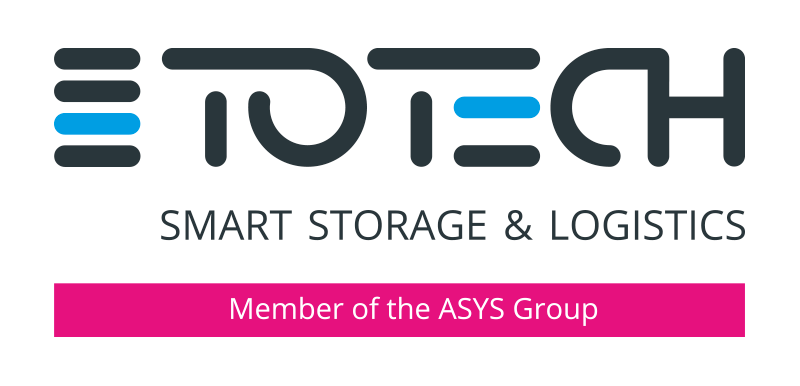
In the dynamic world of the semiconductor industry, not only the production and development of high-tech products play an important role, but also the long-term storage of these sensitive components. Proper long-term storage in the semiconductor industry is crucial to ensure the performance, reliability, and durability of electronic end products. In this blog post, we take a closer look at the importance of long-term storage in the semiconductor industry and highlight best practices as well as potential challenges.
Why is Long-Term Storage Important?
The semiconductor industry is known for its highly complex and sensitive products that are used in a wide range of applications – from smartphones and computers to industrial machinery and automobiles. Proper long-term storage of these components is critical to ensure their performance over a longer period. Here are some reasons why long-term storage is so important in the semiconductor industry:
- Preservation of electrical properties: Semiconductor products can change their electrical properties over time, especially if they are exposed to environmental factors such as humidity, temperature fluctuations, or electrostatic discharge. Proper long-term storage helps to maintain the intended properties and ensure the performance of the products.
- Prevention of contamination: Semiconductor products are extremely sensitive to contamination, which can affect their performance. By storing them in specifically cleaned environments, contamination can be minimized, which in turn improves product reliability.
- Protection from mechanical damage: Semiconductor products are often small and vulnerable and thus susceptible to mechanical damage. Safe and appropriate storage helps to protect these products from damage during transportation or storage.
Best Practices for Long-Term Storage
To ensure the optimal performance and reliability of semiconductor products during storage, companies should implement reliable practices. Some best practices for long-term storage in the semiconductor industry include:
- Controlled environment: Storage facilities should provide controlled environments with stable temperatures and humidity levels to protect products against environmental influences.
- ESD-compliant storage: For sensitive semiconductor products, ESD-compliant storage in an EPA (Electrostatic Discharge Protected Area) is required. This prevents electrostatic discharges that could damage the products.
- Regular inspections: The storage conditions and the products themselves must be inspected regularly. This helps to identify and rectify potential problems at an early stage.
- Documentation and traceability: Comprehensive documentation of all stored products and their respective storage conditions is crucial to ensure full traceability and quality control.
Challenges in Long-Term Storage
Despite the great importance of long-term storage in the semiconductor industry, there are still many challenges for companies. These include:
- Cost: Setting up and maintaining controlled storage environments can be costly, especially for small and medium-sized companies. It is therefore advisable to outsource this effort to qualified service providers for the long-term storage of semiconductor products.
- Complexity: Semiconductor product storage requires specialized knowledge and expertise to ensure that products are handled and stored properly.
- Regulatory requirements: Some industries have strict regulatory requirements for the storage of semiconductor products, which may pose additional challenges.
Summary
In the semiconductor industry, long-term storage is crucial to maintain product performance and reliability over a longer period. By implementing best practices and overcoming potential challenges, companies can ensure that their semiconductor products are stored optimally to ensure the highest quality and thus to keep their customers satisfied.
We offer a competent solution in cooperation with our partner Totech Europe BV - a combination of controlled and secured storage including high-quality testing services for your components. Contact us
Content Information

Editor: RoodMicrotec GmbH
Source: The text is based on information from RoodMicrotec GmbH.
Copyright: All images, videos and audio files published in this article are subject to copyright. Reproduction in whole or in part is not permitted without the written permission of RoodMicrotec GmbH.
For further information or inquiries about a joint cooperation, please contact



